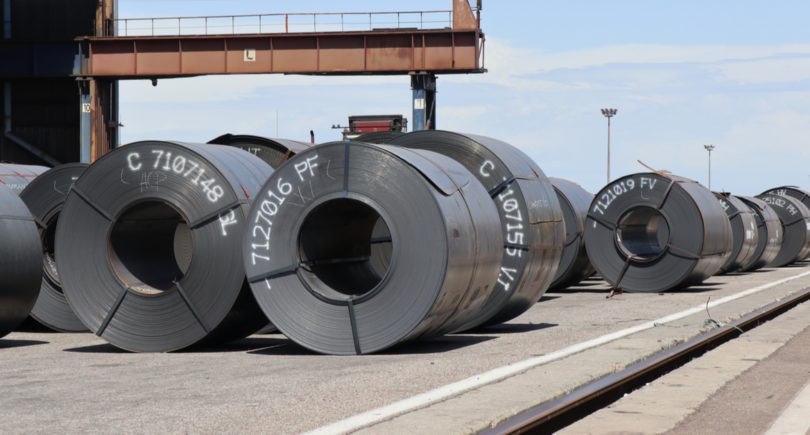
News Global Market автопромисловість 940 10 June 2025
Low consumer confidence, US tariffs and instability hamper the sector's recovery
The EU’s automotive industry, which consumes about 20% of European steel, continues to be in crisis. According to the European Steel Association EUROFER, in 2025, production in the sector will again decline by 2.6% y/y, despite previous expectations for growth. This is the second consecutive year of decline: in 2024, car production fell by 9.7%.
After a short-term recovery in 2023 (+8% y/y) amid the low base of previous years, car production went down again due to a number of factors. The key factors include weak consumer demand, high inflation, falling real incomes, and uncertainty around electric vehicles and future environmental standards.
The sector is particularly negatively affected by instability in foreign trade: new duties on imports of European cars announced by the United States put additional pressure on the industry. In addition, the EU market is under increasing pressure from Chinese electric vehicle manufacturers, while European companies’ own investments in this segment are hampered by a lack of charging infrastructure and regulatory uncertainty.
Despite a certain recovery in demand in 2023-2024, new car registrations in 2024 remained 2.4 million below the pre-pandemic level. In the first quarter of 2025, sales went down again (-1.9% y/y), and the gasoline car market fell by more than 20%.
EUROFER predicts that a partial recovery may occur in 2026 (+1.9% y/y), but production volumes will remain far from 2019 levels. A return to stable growth is only possible if the macroeconomic situation improves, consumer confidence rises and trade tensions ease.
Steel consumption in the EU continues to decline and, according to EUROFER, will decline for the fourth consecutive year in 2025. In particular, the association expects both real and apparent steel consumption to decline again – by 3.3% y/y and 0.9% y/y, respectively.




